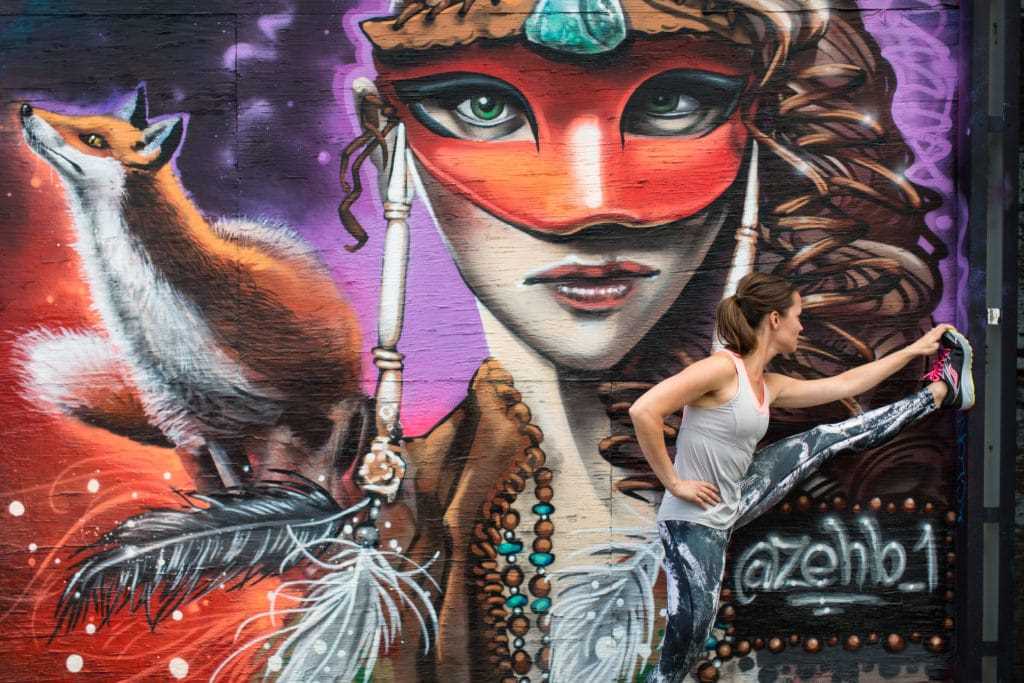
Denver, the capital of Colorado, has become an urban canvas for talented mural artists from all over the world. With its vibrant street art scene, the city has transformed its once dull walls into mesmerizing works of art. From large-scale murals to hidden gems, Denver offers a rich visual experience for art enthusiasts and curious wanderers.
Walking through Denver’s streets feels like navigating an open-air gallery. The city’s walls are adorned with colorful and thought-provoking murals that reflect the diverse creative visions of local and international artists. Each mural tells a unique story, inviting viewers to step into the artist’s world and interpret their message.
Denver’s mural scene is not limited to a specific style or theme. It embraces a wide range of artistic expressions, including abstract designs, realistic portraits, social and political commentaries, and whimsical illustrations. The city’s walls provide a platform for artists to showcase their talents and share their perspectives on various topics, making Denver a hub for artistic exploration and cultural exchange.
What makes Denver even more appealing to mural artists is the city’s supportive community and inclusive attitude towards street art. Local organizations and initiatives have played a crucial role in nurturing and promoting mural art in the city. They have facilitated collaborations between artists and building owners, ensuring a harmonious integration of murals into the urban landscape. As a result, Denver has gained recognition as one of the most mural-friendly cities in the United States.
If you’re a fan of street art or simply someone who appreciates creativity, Denver is a must-visit destination. Explore the city’s neighborhoods, wander through its alleys and discover the hidden treasures that adorn its walls. Experience the beauty and power of mural art in Denver, where every street corner holds a remarkable story waiting to be discovered.
Denver is known for its thriving street art culture, with colorful murals adorning the walls of buildings throughout the city. The vibrant street art scene has become a major attraction for both locals and tourists alike.
Artists from all over the world come to Denver to showcase their work on the city’s walls. The diversity of styles and themes is truly astounding, with each mural telling a unique story.
A platform for expression
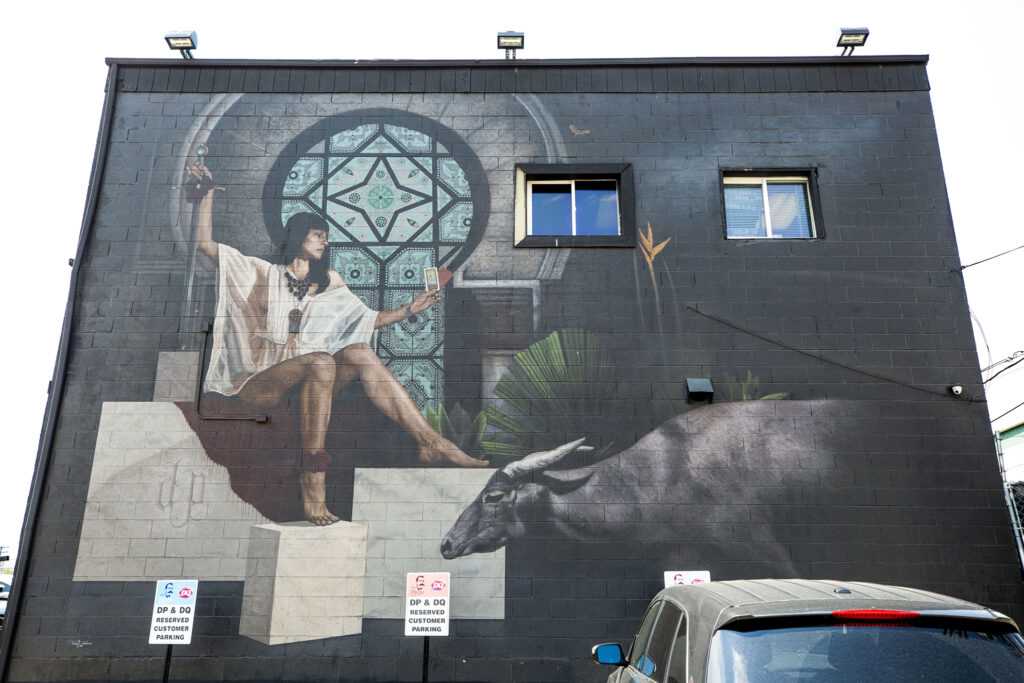
The street art scene in Denver provides a platform for artists to express themselves and share their messages with the world. The murals often reflect the city’s history, culture, and social issues, creating a powerful visual narrative.
Engaging the community
Street art brings the community together, as locals and tourists alike explore the city and discover the hidden gems of artwork. The murals have become a source of inspiration and pride for the residents of Denver, fostering a sense of community and creativity.
Many of the murals are located in the RiNo (River North) Art District, which has become a mecca for street art enthusiasts. The district is filled with galleries, studios, and shops, creating a vibrant and energizing atmosphere.
| Artists | Themes |
|---|---|
| Pat Milbery | Outdoor adventure |
| Detour | Cultural diversity |
| Graffiti Artists of Denver | Urban culture |
These are just a few examples of the talented artists and the themes they explore in their murals. The vibrant street art scene in Denver continues to evolve and grow, making the city a true paradise for mural enthusiasts.
Denver’s role in nurturing local talent
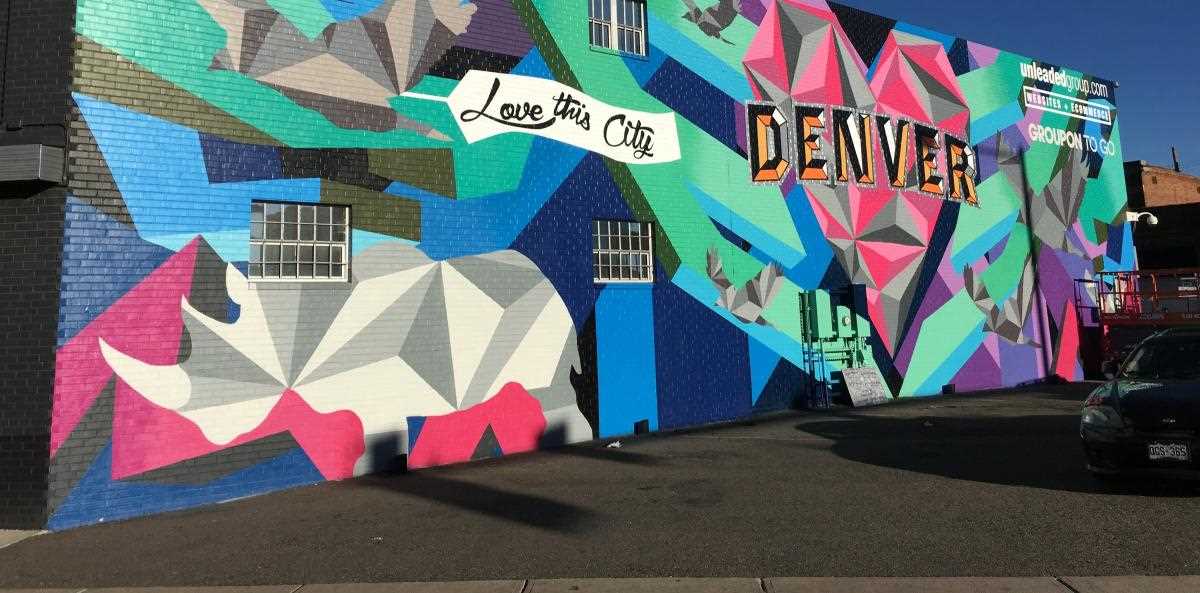
Denver has long been recognized as a thriving hub for artistic expression, attracting creative individuals from all walks of life. The city’s vibrant and diverse art scene has played a significant role in nurturing local talent and fostering a sense of community among artists.
One of the key factors contributing to Denver’s role in nurturing local talent is its supportive and inclusive environment. The city boasts numerous art galleries, museums, and creative spaces that provide budding artists with the opportunity to showcase their work and gain exposure. This nurturing atmosphere encourages artists to push their boundaries and explore new mediums and techniques.
The city’s commitment to public art is another testament to its dedication to nurturing local talent. Denver is renowned for its extensive collection of murals and street art, which not only beautify the city but also serve as a platform for emerging artists to showcase their skills. These public art installations not only provide a platform for local artists to gain recognition but also create a sense of pride and ownership within the community.
Supportive artist communities
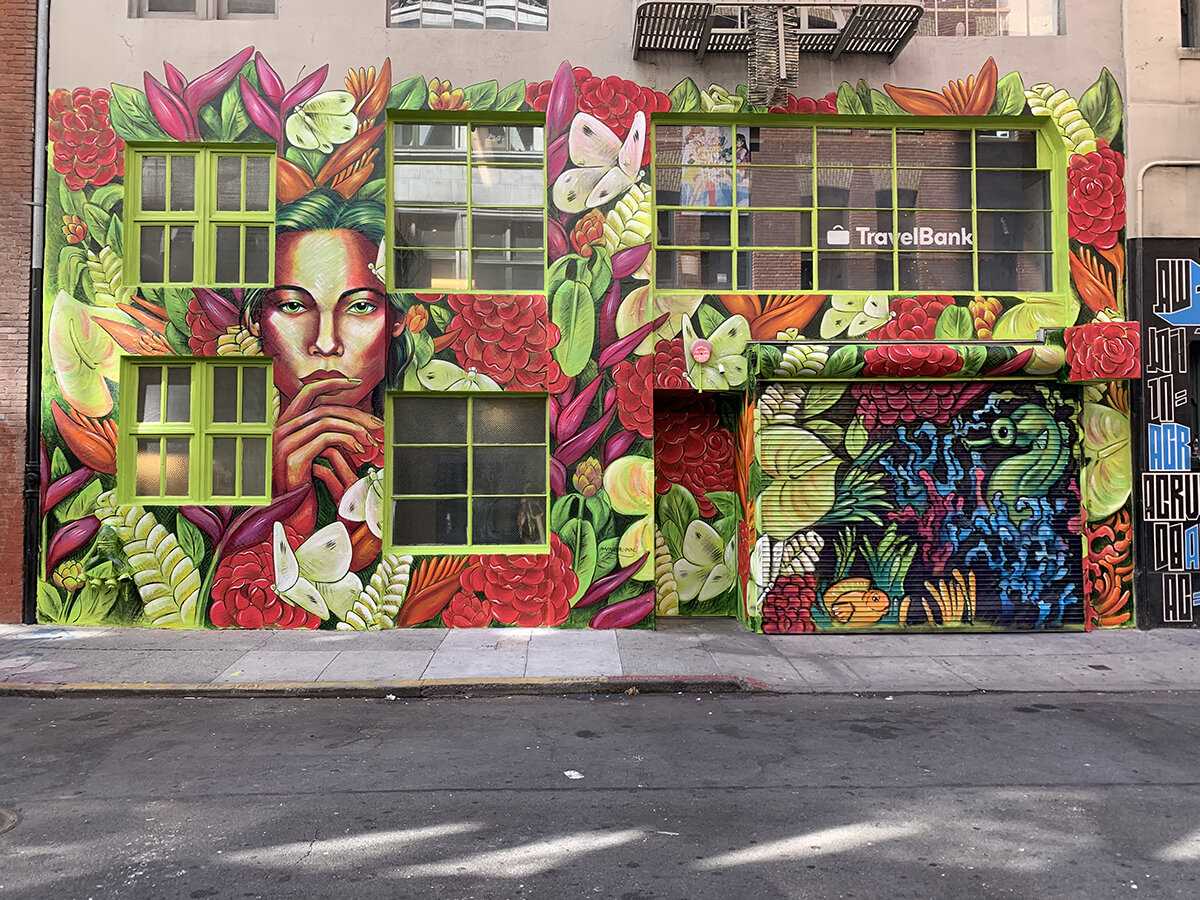
Denver is home to a plethora of artist communities that serve as a support system for local talent. These communities act as catalysts for collaboration, mentorship, and learning opportunities. Artists can engage with like-minded individuals, share their experiences, and receive valuable feedback and guidance. This supportive network helps artists navigate the challenges of the industry and fosters the growth of local talent.
Art education and institutions
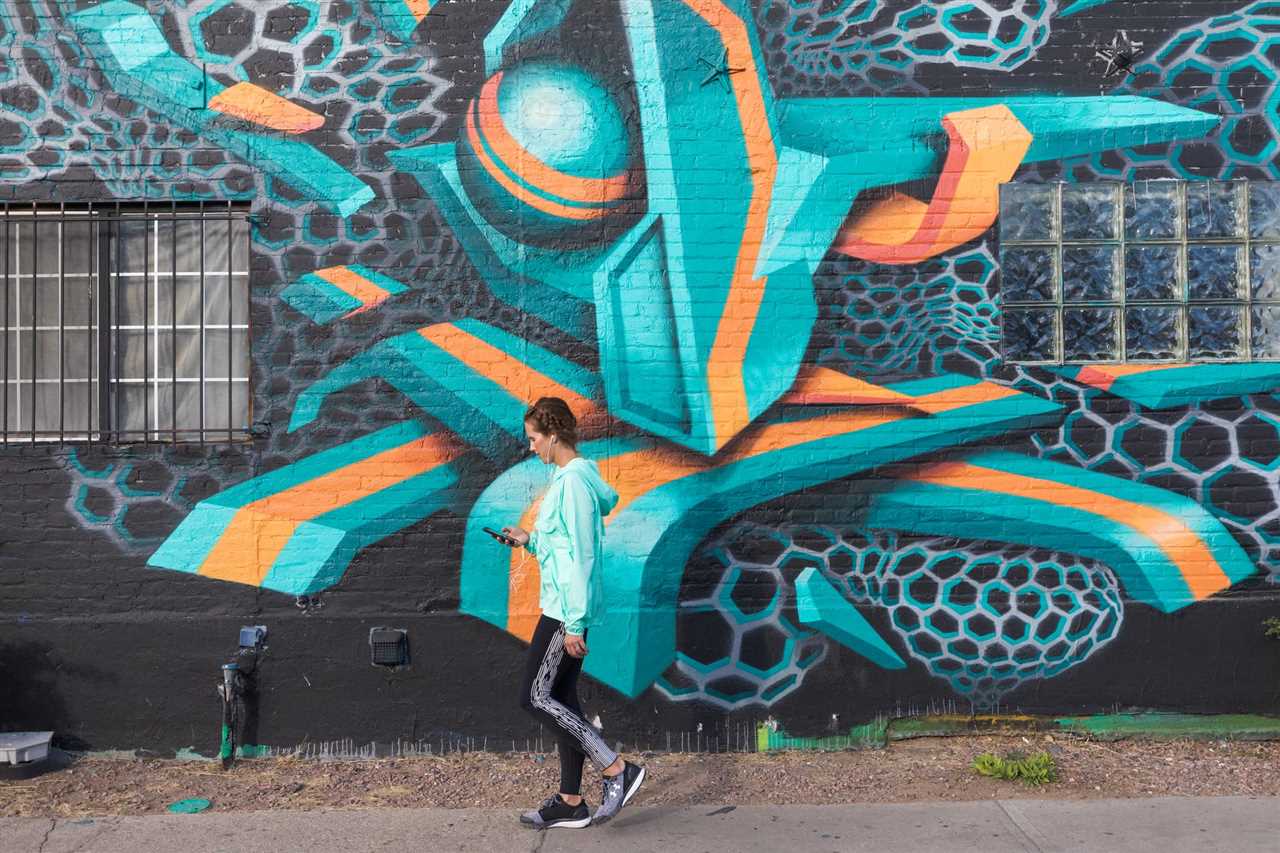
Denver’s commitment to art education is evident through its numerous art schools and institutions. These educational establishments provide aspiring artists with the necessary training and resources to refine their skills and pursue a career in the arts. The city’s art schools offer a diverse range of programs, from traditional fine arts to digital media, allowing artists to explore their passions and find their creative voice.
The rich history of mural art in Denver
Denver has a long and vibrant history of mural art, with the city becoming a paradise for artists looking to create large-scale outdoor artwork. The tradition of mural painting in Denver dates back several decades, and the city’s walls showcase an impressive array of styles and themes.
One of the earliest examples of mural art in Denver is the “Crucifixion” mural, painted by Allen True in 1934. This iconic mural, located in the Colorado State Capitol, depicts the crucifixion of Jesus Christ and is considered a masterpiece of the era.
During the 1970s and 1980s, Denver’s mural art scene began to flourish, thanks in large part to the Chicano movement. Artists like Carlos Frésquez and Emanuel Martinez used mural art as a form of cultural expression, depicting the struggles and triumphs of the Latino community in Denver.
In recent years, Denver has seen a resurgence of mural art, with numerous large-scale projects popping up throughout the city. The RiNo Art District, located in the River North neighborhood, has become a hub for street art, with colorful and vibrant murals adorning the walls of buildings.
Denver’s mural art scene is not only limited to traditional paintings on walls. Artists are also exploring new mediums and techniques, incorporating elements such as 3D modeling, light projection, and interactive elements into their work.
The city of Denver has embraced its rich mural art history and continues to support and encourage artists in their creative endeavors. The annual Crush Walls Festival, for example, brings together local and international artists to transform the city’s walls into a vibrant outdoor gallery.
Whether you’re a local or a visitor, taking a stroll through Denver’s streets is like stepping into a mural artist’s paradise. Each corner reveals a new masterpiece, showcasing the diverse talents and creative spirit of the city’s artists.
| Year | Artist | Title |
|---|---|---|
| 1934 | Allen True | Crucifixion |
| 1970s | Carlos Frésquez | Untitled |
| 1980s | Emanuel Martinez | Untitled |
Mural Artists: Defining the Wall
Mural artists have a unique way of bringing life and color to the walls of cities around the world. Through their art, they are able to transform dull and empty spaces into vibrant and meaningful works of art. These artists possess a special talent for capturing the essence of a community and telling its story through their brushstrokes.
Their work goes beyond simply creating visually appealing images. Mural artists are often deeply connected to the communities they work in and have a deep understanding of the issues and stories that shape them. They use their art to spark conversations, challenge norms, and provoke thought.
One of the defining characteristics of mural artists is their ability to adapt to different spaces. Whether it’s a small alleyway or a massive building, these artists can create artwork that fits perfectly within its surroundings. They take into consideration the architecture, history, and culture of a place to ensure their art enhances and respects its environment.
Another defining aspect of mural artists is their commitment to community engagement. They often involve local residents and organizations in the creation process, allowing them to have a say in the artwork that will grace their walls. This collaborative approach not only strengthens the bond between the artist and the community but also ensures that the mural reflects the values and aspirations of the people who call that place home.
Mural artists also face unique challenges. The elements can quickly deteriorate their artwork, making maintenance and preservation crucial. Additionally, they may encounter resistance from those who don’t understand or appreciate the power of public art. Despite these obstacles, mural artists persist and continue to create beauty in unexpected places.
The creative process of a mural artist
A mural artist’s creative process begins with a vision. They start by brainstorming ideas and concepts, considering the space and location of the mural. This initial stage involves researching and gathering inspiration, whether it’s from nature, culture, or the community.
Once the artist has a clear vision, they begin sketching out their ideas on paper or creating digital mock-ups. This helps them visualize how the mural will look and allows for any necessary adjustments.
Next comes the preparation stage, where the artist gathers the necessary materials and tools. They work closely with the building or property owner to get any necessary permissions and to ensure the wall or surface is properly prepared for painting.
When it’s time to paint, the artist starts by applying a base coat to the wall. This ensures an even surface and helps the colors pop. They then carefully transfer their sketches onto the wall, using grids or projectors for accuracy.
As the mural comes to life, the artist meticulously adds layers of paint, paying close attention to detail and texture. They may use various techniques such as stenciling, splattering, or brushwork to achieve the desired effect.
Throughout the process, the artist often engages with the community, seeking feedback and incorporating any meaningful elements or symbols that resonate with the locals. This collaborative aspect adds depth and richness to the mural.
Finally, once the mural is complete, the artist steps back to admire their work and make any final touch-ups. They take pride in knowing that they have transformed a blank wall into a vibrant work of art that will be enjoyed by the community for years to come.
Tools of the trade: paints and techniques
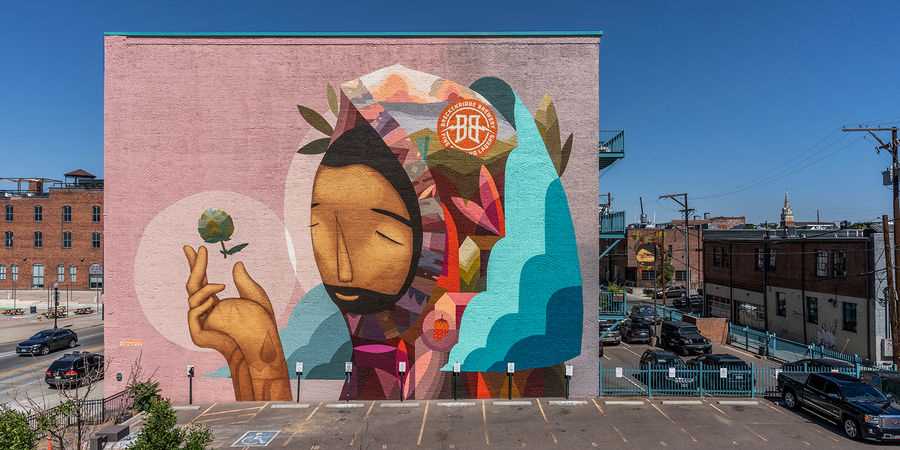
When it comes to creating vibrant and eye-catching murals, Denver artists have a variety of paints and techniques at their disposal. The choice of paint can greatly impact the overall look and longevity of a mural, while the technique used can add depth and texture to the artwork.
Types of paint
There are several types of paint commonly used by muralists in Denver:
- Acrylic paint: This versatile water-based paint is popular among mural artists for its quick drying time and ability to withstand various weather conditions. Acrylic paint also allows for easy layering and blending of colors.
- Spray paint: Often used for larger murals or when a more urban and graffiti-inspired look is desired, spray paint provides a quick and efficient way to cover large areas. Artists can achieve unique effects by using different nozzle sizes and techniques.
- Masonry paint: Designed specifically for exterior surfaces, masonry paint is highly durable, weather-resistant, and long-lasting. It adheres well to brick, concrete, and stucco, making it a popular choice for outdoor murals.
Techniques
Denver mural artists employ various techniques to bring their creations to life:
- Mural layering: By layering different colors and textures, artists can create depth and dimension in their murals. This technique involves building up layers of paint to give the artwork a three-dimensional appearance.
- Aerosol techniques: Spray paint allows for a range of techniques, such as fading, blending, and stenciling. Artists can create intricate details or achieve smooth transitions between colors by adjusting their spray can pressure and distance.
- Mural glazing: This technique involves applying a translucent or transparent layer of paint over an existing layer. It can be used to enhance colors, create a sense of depth, or add a glossy finish to the mural.
- Brushwork: Traditional brushwork techniques, such as dry brushing and stippling, can be used to add texture and detail to a mural. Artists can create a range of effects by varying the pressure and direction of their brushstrokes.
With a wide range of paints and techniques at their disposal, Denver mural artists have the tools they need to create stunning artworks that transform the city’s streets into a vibrant and colorful paradise.
Painting the Community: Mural Artists and Social Engagement
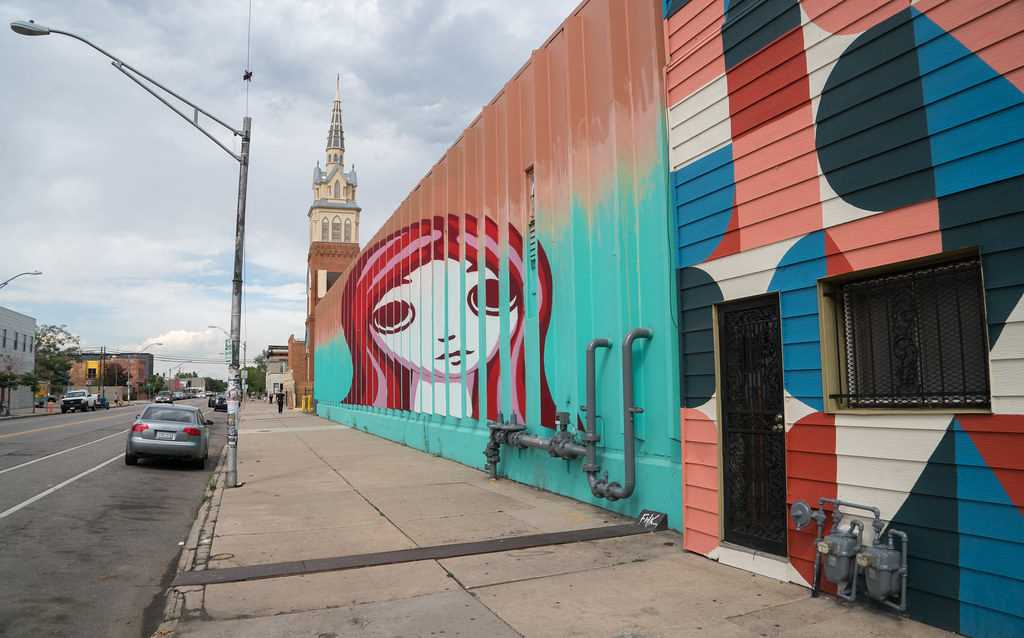
Mural artists play a crucial role in creating vibrant and engaging public spaces that reflect the unique identity and culture of a community. Through their artwork, mural artists have the power to inspire, educate, and bring people together, fostering a sense of belonging and pride among local residents.
One of the most remarkable aspects of mural art is its ability to initiate social engagement. By creating large-scale murals in public spaces, artists invite passersby to stop, observe, and interact with the artwork. This interaction not only adds beauty to the community but also encourages dialogue and connection among community members.
Mural artists often collaborate with local organizations, schools, and community groups to involve the community in the creation process. This collaboration not only allows for a diverse range of voices and perspectives to be represented but also empowers community members and strengthens their sense of ownership and pride in the artwork.
| Benefits of Mural Art | Examples of Community Engagement |
|---|---|
| Mural art can beautify and revitalize neighborhoods, making them more attractive to residents and visitors. | Community members are invited to participate in mural painting workshops, allowing them to contribute to the creation of public art. |
| Murals can serve as visual landmarks, guiding people through the community and creating a stronger sense of place. | Local businesses sponsor murals in their neighborhoods, demonstrating their commitment to the community and supporting local artists. |
| Mural art can address social issues and spark important conversations about topics such as diversity, inclusion, and social justice. | Artists work with community organizations to create murals that celebrate the history, culture, and achievements of underrepresented communities. |
Overall, mural artists play a vital role in promoting social engagement and community development through their artwork. By creating visually stunning murals that reflect the values and aspirations of a community, artists inspire connection, conversation, and a sense of pride among community members.
The impact of murals on the local community
Murals have a significant impact on the local community in Denver, transforming neighborhoods, creating a sense of identity, and fostering engagement and pride among residents.
1. Transforming neighborhoods
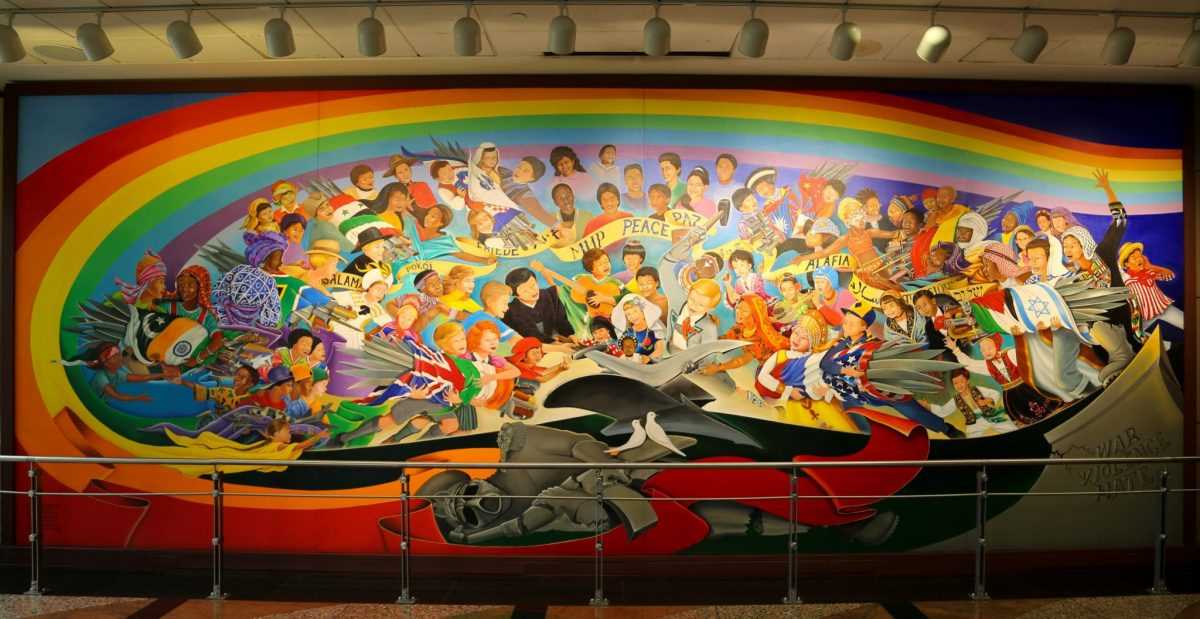
Murals have the power to transform ordinary city streets into vibrant and captivating spaces. Dull walls are turned into colorful and visually appealing works of art, attracting both locals and visitors. The presence of murals can revitalize and beautify neighborhoods, making them more inviting and improving the overall quality of life.
2. Creating a sense of identity
Through their themes and designs, murals capture the unique essence of a community, celebrating its culture, history, and diversity. They serve as visual narratives that tell the stories and aspirations of the people who live there. Murals contribute to a community’s sense of identity, fostering a strong connection between residents and their surroundings.
3. Fostering engagement and pride
Murals provide opportunities for local artists to showcase their talent, creating a sense of ownership and pride among residents. Community members are often involved in the mural creation process, participating in the planning and execution stages. This active engagement helps build community bonds, as people come together to beautify and enhance their neighborhood.
Moreover, murals can boost local tourism, attracting visitors who are interested in exploring the city’s vibrant art scene. This influx of tourists can have economic benefits for the community, as they patronize local businesses and support the local economy.
Empowering neighborhoods through art
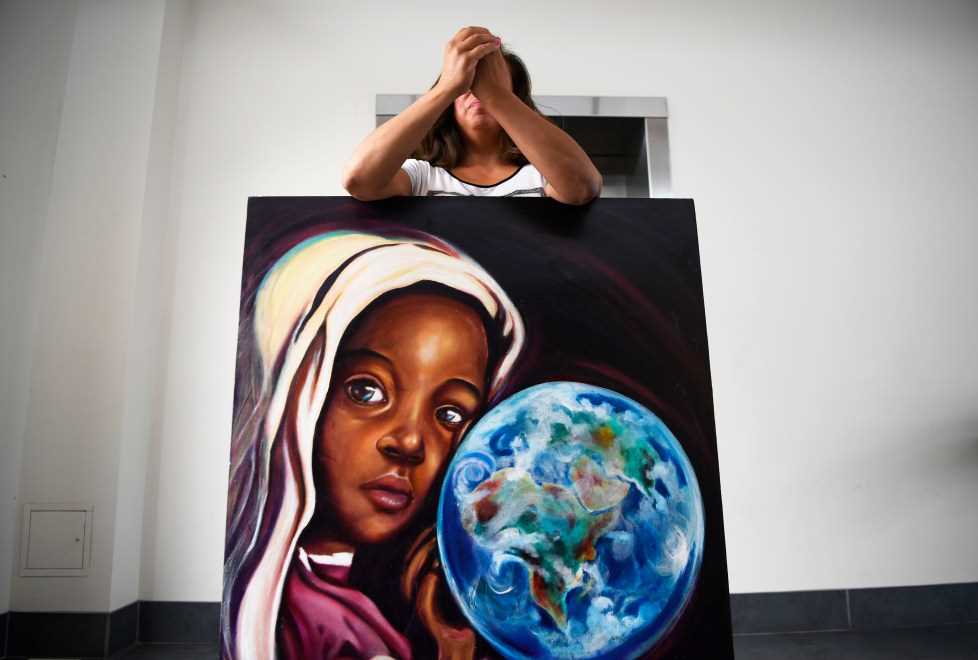
Building connections
One of the ways art empowers neighborhoods is by bringing people together. Murals act as a focal point for community gatherings, creating a space where people can come together to appreciate and discuss the artwork. It allows individuals from different backgrounds and walks of life to connect and share their experiences.
Through artistic expression, neighborhoods become more inclusive and welcoming. The murals act as a visual representation of the community’s identity and heritage. They tell stories, celebrate diversity, and give voice to those who may not have been heard before.
Creating opportunities
Art also empowers neighborhoods by creating opportunities for local artists. The murals provide a platform for artists to showcase their talent and express their creativity. This exposure not only helps them gain recognition but also opens doors for future projects and collaborations.
By investing in local artists, neighborhoods can foster economic growth and development. Visitors are attracted to these vibrant public art displays, bringing in tourism revenue and supporting local businesses. The murals become a part of the neighborhood’s identity and contribute to its overall growth.
Furthermore, empowering neighborhoods through art can stimulate community pride and ownership. When residents actively participate in the creation of murals, they feel a sense of ownership and responsibility for their surroundings. This leads to increased community engagement and a desire to improve the overall quality of life.
Empowering neighborhoods through art not only beautifies the surroundings but also creates a stronger sense of community and fosters economic growth. The vibrant murals in Denver are a testament to the power of art in transforming neighborhoods and empowering individuals.
Creativity Unleashed: The World of Mural Artists
The world of mural artists is a fascinating one, with artists from different backgrounds and cultures, each bringing their unique perspective and style to their creations. From large-scale murals on the sides of buildings to intricate and detailed pieces in galleries, these artists are constantly pushing the boundaries of what is possible with their craft.
One of the most exciting aspects of mural art is its ability to bring communities together. Murals often reflect the history, culture, and stories of a place, creating a sense of pride and identity for its residents. They have the power to transform neighborhoods, turning dull and forgotten spaces into vibrant and lively areas that inspire and engage the local community.
Mural artists often collaborate with local organizations, businesses, and even schools to create pieces that resonate with the people who will experience them every day. This collaboration not only enhances the artistic value of the murals but also strengthens the relationship between the artists and the community they serve.
Creating a mural is a complex and time-consuming process that requires meticulous planning, preparation, and execution. From sketching the initial design to selecting the right colors and materials, mural artists take great care in every step of the creative process. Their attention to detail is evident in the final result, as each stroke and brushstroke contributes to the overall impact of the artwork.
Whether it’s a mural depicting local wildlife, a historical event, or a vibrant abstract design, mural artists have the incredible ability to transform spaces and inspire those who encounter their work. They are the true champions of creativity, turning blank walls into colorful masterpieces that leave a lasting impression on all who see them.
- They are the modern-day visionaries and storytellers who use walls as their canvas to create breathtaking pieces of art.
- Mural artists from different backgrounds and cultures, each bringing their unique perspective and style to their creations.
- Murals often reflect the history, culture, and stories of a place, creating a sense of pride and identity for its residents.
- Collaboration between mural artists and local organizations, businesses, and schools strengthens the relationship between the artists and the community.
- Mural artists take great care in every step of the creative process, from sketching the initial design to the final execution.
- Mural artists have the incredible ability to transform spaces and inspire those who encounter their work.
Exploring diverse styles and themes in mural art
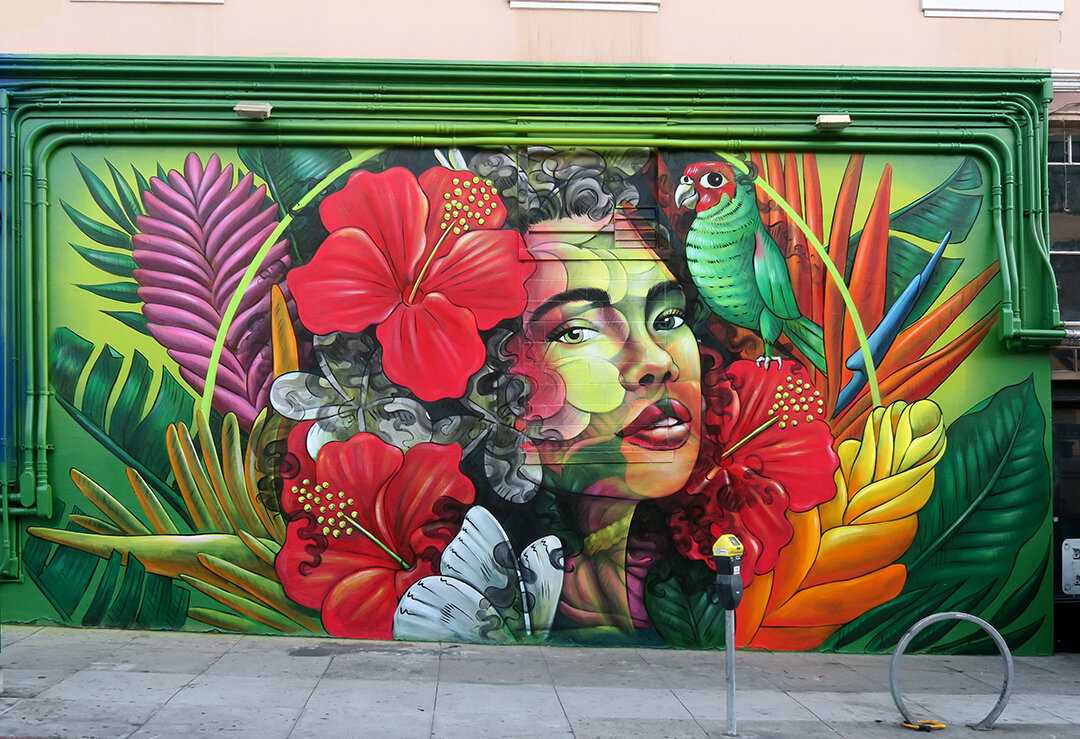
Mural art is a vibrant and diverse form of artistic expression that can be found all around Denver. From colorful abstract designs to realistic portraits, mural artists in the city showcase a wide range of styles and themes in their creations.
Abstract art
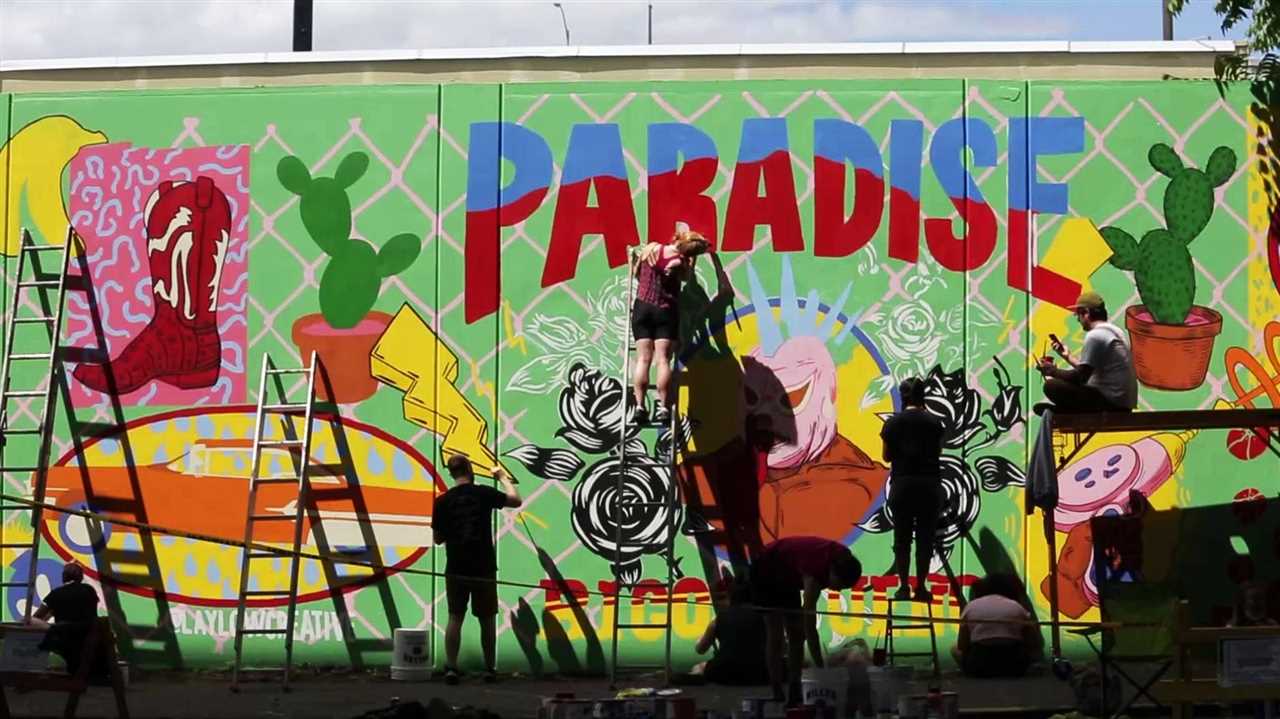
Street culture and graffiti
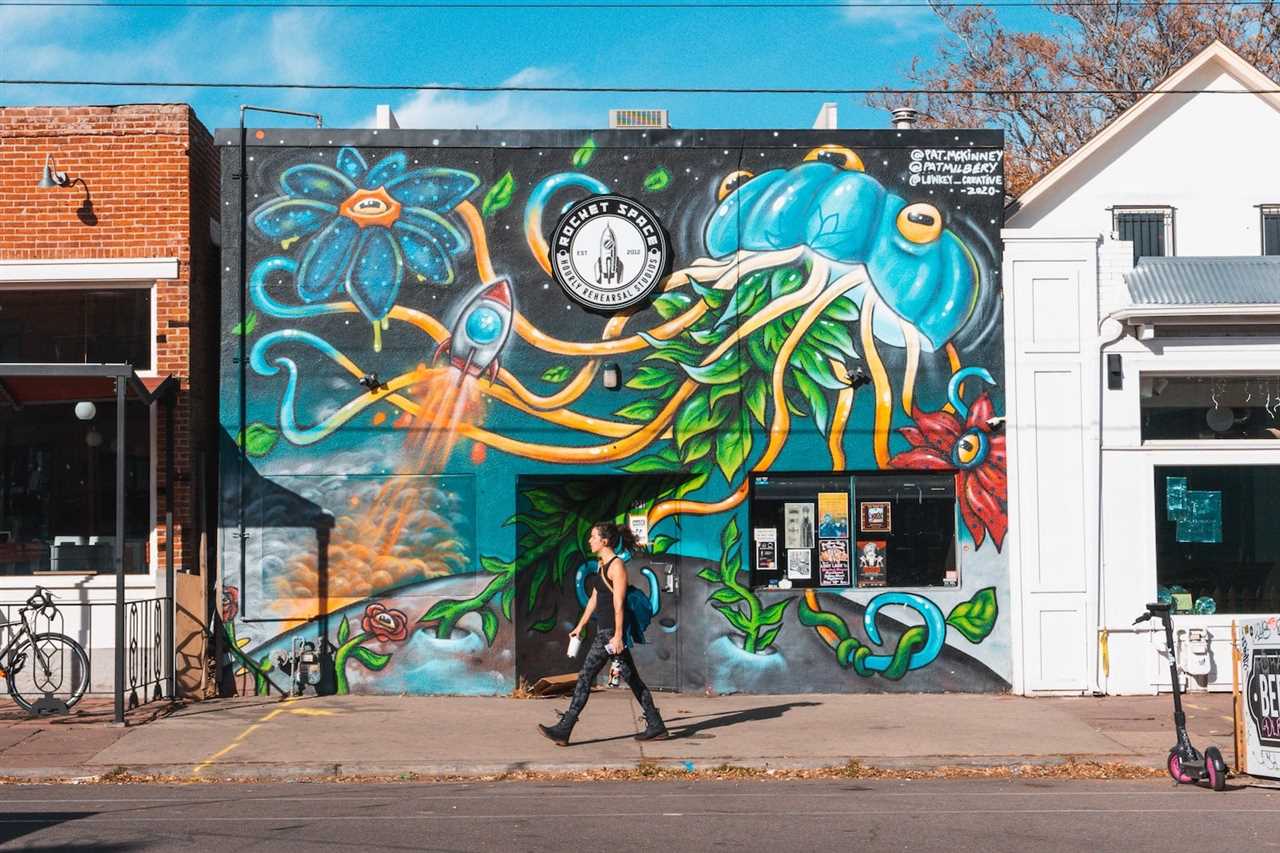
Denver’s mural art scene is heavily influenced by street culture and graffiti. Many artists incorporate graffiti-style lettering and spray paint techniques into their murals, giving them an edgy and urban feel. These murals often depict elements of hip-hop culture, skateboarding, and street fashion, reflecting the city’s vibrant urban scene.
| Style | Themes |
|---|---|
| Abstract art | Emotions and ideas |
| Street culture and graffiti | Hip-hop culture, skateboarding, street fashion |
| Realism | Portraits, landscapes |
| Historical and cultural references | Local history, indigenous cultures |
Realism
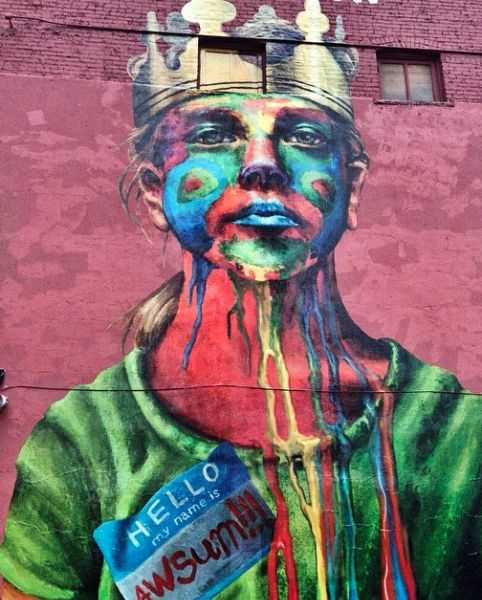
Realism is another popular style in mural art. These murals aim to accurately depict people, objects, or landscapes, often with a high level of detail and precision. Realistic murals can be seen as large-scale portraits of influential figures, breathtaking landscapes, or even everyday scenes that reflect the city’s character.
Historical and cultural references
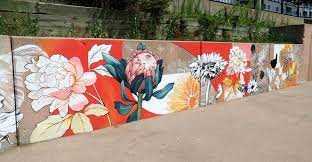
In addition to showcasing various artistic styles, Denver’s mural art often incorporates historical and cultural references. Many murals depict local history, paying tribute to important events or highlighting significant figures. Others celebrate indigenous cultures, showcasing their traditions, symbols, and stories.
Exploring the diverse styles and themes in Denver’s mural art scene is a truly immersive experience. From abstract art to realistic portrayals, each mural tells a unique story and adds to the colorful tapestry of the city’s artistic landscape.

I am a mural enthusiast and a fervent admirer of street art. Rather than creating murals myself, I am passionate about collecting them. My love for street art knows no bounds. I am dedicated to curating and cherishing these artworks that grace the streets. My collection stands as a testament to my profound appreciation for this form of artistic expression.
read about me



